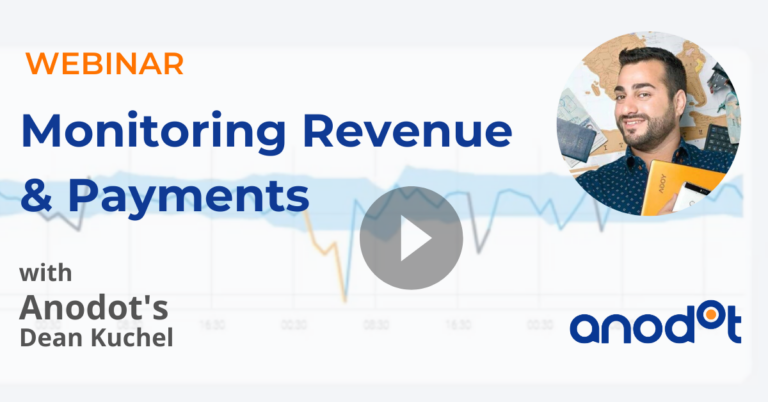Videos & Podcasts
36 min read
Webinar: The Real-Time Journey from Raw Streaming Data to AI-Based Analytics
Roy Ben-Alta, solution architect and principal business development manager at Amazon Web Services, and Anodot’s Chief Data Scientist Dr. Ira Cohen present various design patterns and share a solution implemented using Amazon Kinesis as a real-time event data processing pipeline that feeds Anodot’s AI-based analytics service, discovering and alerting on the anomalies in the data in real time and helping you avoid costly business incidents.
Watch






